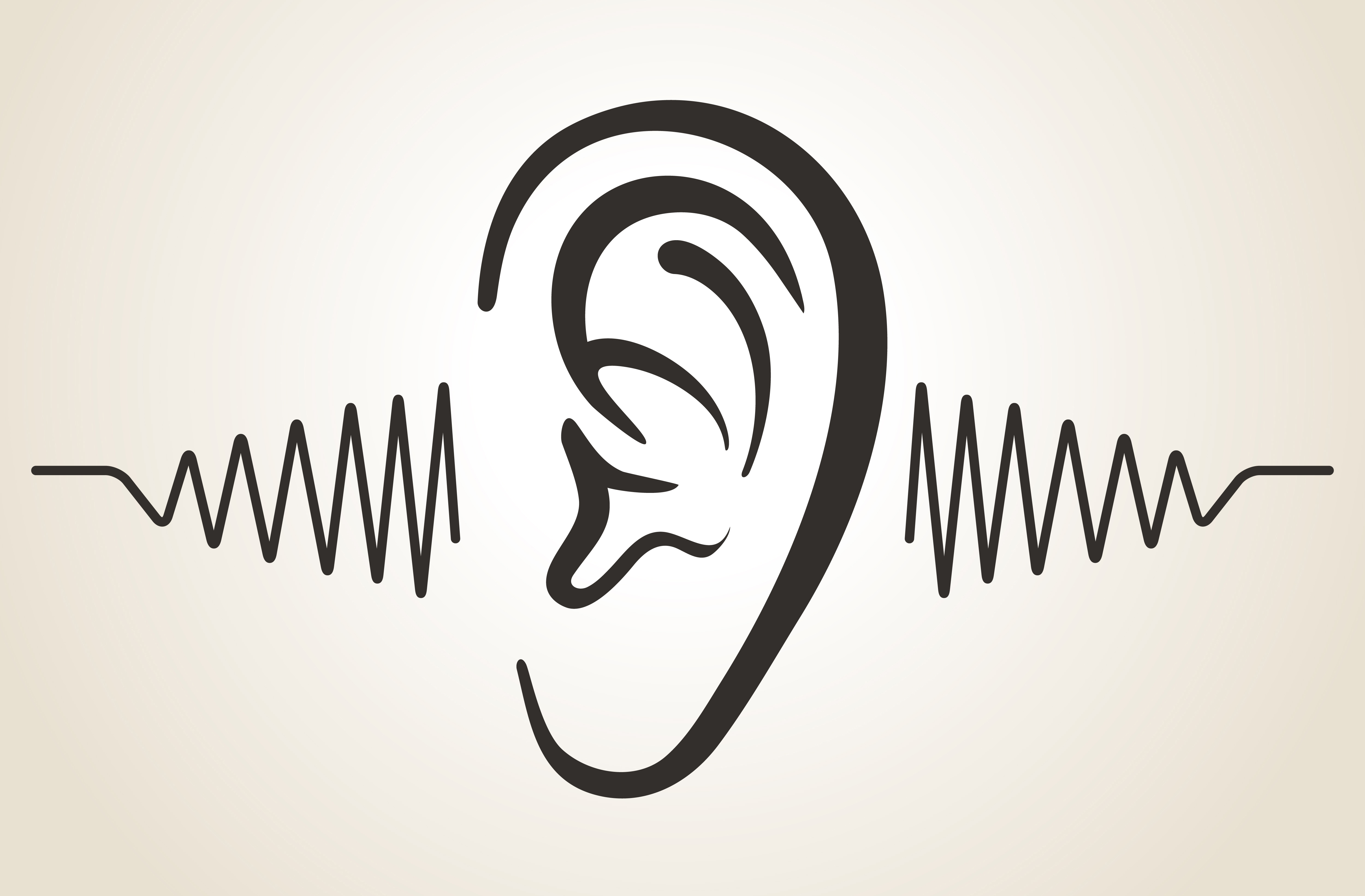In P.E.T. (Parent Effectiveness Training), parents are urged to recognize that their children often experience problems that belong to the child alone.
These “child-owned” problems may not affect the parent in a concrete or tangible way. However, the parent can still be very concerned and want to help the child resolve the problem.
P.E.T. suggests that when children own such problems that the parent respond by: Attending, Accepting, Active Listening.
 It is important for parents to avoid the 12 Roadblocks when their child has a problem. Active Listening is a complete communication process involving:
It is important for parents to avoid the 12 Roadblocks when their child has a problem. Active Listening is a complete communication process involving:
a. Parent attentively both listening to and observing the child’s verbal messages.
b. Parent forming a careful, tentative impression of what the child is experiencing.
c. Parent empathically feeding back (both verbally and non-verbally) this impression.
d. The child then begins the next communication cycle, usually by confirming or clarifying the parent’s feedback.
Active Listening works because it helps the child discharge strong feelings and think through a problem to get some kind of resolution.
• Active Listening helps the child move from “outside self” to “inner self.”
• Active Listening keeps the parent from imposing a solution which would deny the child the opportunity to grow.
• Active Listening helps the child understand and deal with his/her own feelings.
• Active Listening promotes a more intimate and warm relationship.
• Active Listening enables the child to hear out loud (and then acknowledge) his/her own thoughts and ideas.
• Active Listening helps the child become an independent problem-solver, less dependent on others for solutions, more self-responsible, more self-directing.
So as you can see, Active Listening does a lot of incredible things! It can be a challenge to master this skill, much less become decent at it—but the payoff? Immeasureable.
Historical note about Active Listening: Dr. Carl Rogers created the process and had named it “Reflective Listening”. A student of his, Dr. Richard Farson, re-named it “Active Listening”. And another student of Dr. Rogers introduced it to the world via the P.E.T. program—his name is Dr. Thomas Gordon. 🙂

